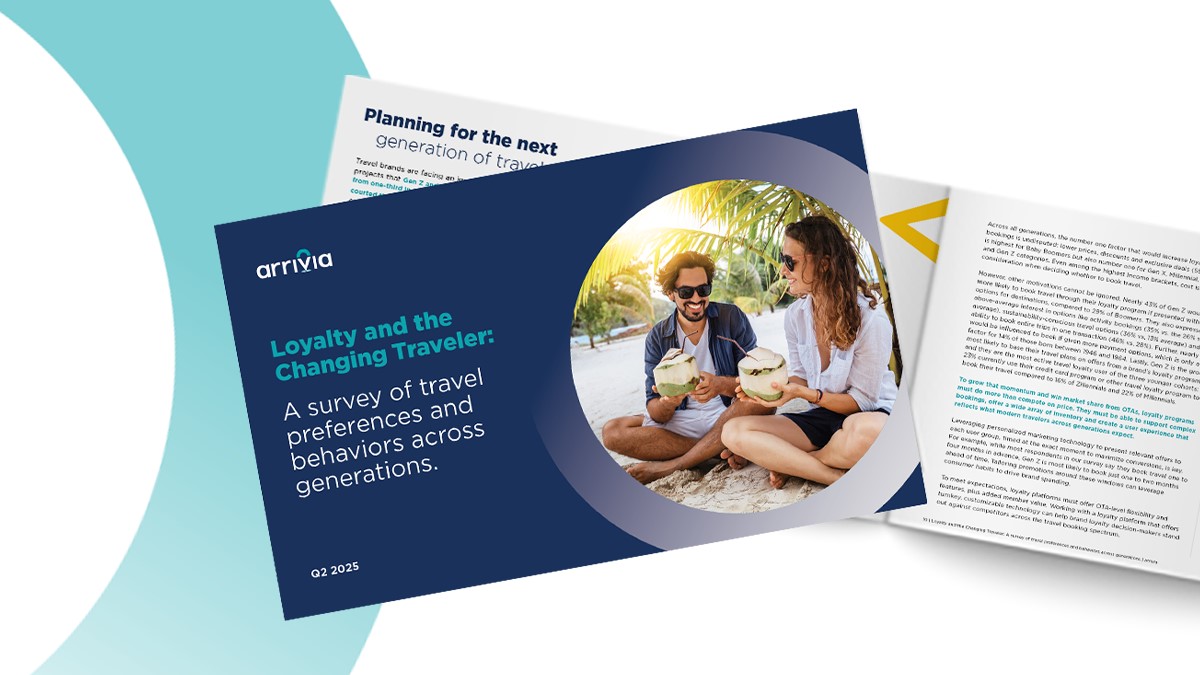Unlocking consumer loyalty has never been as pivotal of an objective as it is for organizations in today’s uncertain macroeconomic environment and unbridled business landscape. At a time when consumers express interest in special treatment and superior rewards in exchange for their loyalty, paid loyalty programs emerge as strategic tools to excel beyond traditional reward mechanisms.
Paid loyalty programs collect a fee to provide a premium loyalty experience; however, this trade-off between cost and exclusive benefits reshapes how value is perceived and delivered within customer relationships. Now that the percentage of consumers participating in paid loyalty programs has more than tripled since 2021, you need to know this to implement one.
Paid Loyalty Programs: The What and Why
What are paid loyalty programs? Also referred to as fee-based loyalty programs, paid loyalty programs employ a subscription-based model in which customers periodically pay to belong to the program. Examples include Amazon Prime, where members pay $14.99 per month (or $139 per year) to access exclusive benefits like streaming services and free shipping on Prime purchases.
So, what is the difference between paid and free loyalty programs? Aside from the recurring fees, a paid loyalty program often provides immediate, ongoing benefits. In comparison, free loyalty programs typically employ a points-based structure, in which members must earn points for every dollar spent to work towards and unlock rewards. As such, free programs offer sporadic rewards and discounts, whereas paid memberships often include continuous perks like priority service.
Companies offer paid loyalty programs because they provide a steady ancillary revenue stream through recurring membership fees. Aside from fee revenue, paying members are often worth several times more than non-paying members, as they are 43% more likely to buy weekly and 62% more likely to spend more. Paying members are far more engaged customers in the long term.
Advantages of Paid Loyalty Programs
As per a 2023 Deloitte survey, 53% of consumers are enrolled in paid loyalty programs, up from just 17% in 2021. The landscape of customer loyalty has been dramatically reshaped by the advent of fee-based programs, creating a new revenue channel and a gateway to fostering more profound connections with buyers. Here’s a closer look at the advantages these programs offer.
Enhanced Rewards and Benefits
The allure of paid loyalty programs often lies in the high-value rewards they promise. As of 2023, the financial value a program provides is ranked as one of the two most essential attributes of a loyalty program, with 90% of Baby Boomers and 77% of Millennials and Gen Z consumers seeking paid discounts and offers that are significantly more attractive than those in free programs.
For example, Sam’s Club members choose from two paid subscription tiers: Club at $50 per year and plus $110 per year. While a Club membership includes access to a Bonus Offers Program and additional discounts, a Plus membership has higher-value add-ons like Sam’s Cash, free shipping, and more. This tiered system incentivizes higher spending to access more premium tier offers.
Exclusive Access to Premium Perks
Paid loyalty programs often go beyond traditional benefits by offering exclusive experiences that money can’t typically buy. For example, travel-based industries like airlines and hotels often offer paid memberships that include access to private, members-only events, such as concerts. Take the case of American Express Platinum Cardholders, who gain entry to exclusive airport lounges alongside a concierge service that grants early access to personalized travel and entertainment experiences.
Better Customer Service and Support
This year’s annual survey results on loyalty program preferences reveal a spike in consumer demand for specialized treatment and white-glove customer service in exchange for ongoing loyalty. Survey results indicate that brands that provide more premium services can see higher member engagement and satisfaction rates and an increase in consumer spending.
The promise of superior customer service is a compelling aspect of paid programs. Members often receive prioritized service, whether skipping the queue with a dedicated customer service line or benefiting from enhanced support policies. For instance, AppleCare+ members receive priority access to Apple experts for faster resolutions, an appealing prospect for tech-reliant users.
Increased Brand Loyalty and Engagement
Financial investment into paid loyalty programs often manifests as deeper emotional connections to a brand. Members of paid loyalty programs are 60% more likely to spend more on a brand after subscribing, while free loyalty programs increase that likelihood by just 30%. This rise in consumer spending often leads to enhanced brand loyalty and engagement, with paying members like Amazon Prime shoppers conducting 98% of their transactions online through their paid subscription account.
Disadvantages of Paid Loyalty Programs
Despite the clear benefits, like any type of loyalty program, paid loyalty programs come with challenges that can pose potential setbacks for businesses. These disadvantages require careful consideration to avoid alienating customers or diluting the perceived value of a brand. Here’s a glimpse at the tentative setbacks of paid loyalty programs for brands and buyers alike.
Cost and Upfront Investment
There’s a reason why they’re called fee-based loyalty programs: paid loyalty programs necessitate an entry fee—one that not everyone in today’s economy is willing to spend, especially when competitors offer similar benefits at no additional cost. As the most evident hurdle of paid loyalty programs, the cost can be off-putting for customers who are wary of the commitment or uncertain of the benefits. It’s critical to clearly articulate the value proposition of such programs to drive interest.
Limited Appeal to Certain Demographics
Not every customer base wants to spend more on a brand to access its reward program, especially when free loyalty programs exist. While we have seen a year-over-year rise in consumer willingness to enroll in paid loyalty programs, only 35% of those not currently subscribed to a paid program are interested in paying a fee to access additional rewards. So, businesses must strike a balance between offering immediate incentives to join and building a long-term value narrative.
Potential for Higher Customer Expectations
With payment comes heightened expectations. Consumers in paid loyalty programs expect at least a 150% return on their subscription fee through new rewards and benefits and anticipate service and exclusivity on par with their investment. Any slip-up or perceived decrease in value can result in immediate disaffection and vocal dissatisfaction, particularly in today’s socially connected world, where online reviews and social media testimonials run rampant.
Risk of Diluting the Brand’s Exclusivity
Exclusivity is a key selling point of paid programs, but it is a delicate balance. As membership numbers swell, the exclusivity can wane and reduce the incentive for customers to pay for what no longer feels ‘exclusive.’ At a time when more than 60% of consumers agree that status tiers, which allow members to earn more rewards at higher levels, are a valuable way to make consumers feel appreciated, brands must balance membership levels and benefits to sustain the program’s allure.

Tips for Implementing a Successful Paid Loyalty Program
A study of more than 3,000 US consumers revealed that brands should focus on ease of enrollment, simplicity of use, and clear communication around their financial rewards to implement successful loyalty programs. At arrivia, we’ve spent more than 25 years powering travel loyalty and rewards programs, and we recommend these four tips for implementing profitable paid loyalty programs:
- Define clear program objectives and value propositions. Outline what your program aims to achieve and its exclusive benefits, like Costco’s annual membership providing significant savings on bulk purchases.
- Invest in a solid backend infrastructure. Operate your paid loyalty program on an infrastructure that handles member data, financial transactions, and customer service queries, like Amazon Prime’s vast logistical operation.
- Leverage data analytics to personalize rewards. Utilize customer data to offer tailored rewards that resonate with individual preferences, thus enhancing the perceived value of the membership and providing coveted white-glove service.
- Promote the program and rewards effectively. Strategize targeted marketing strategies to highlight the unique advantages of your paid loyalty program, focusing on exclusive rewards and ensuring the value outweighs the cost.
Elevate Your Rewards Strategy with arrivia
Paid loyalty programs can elevate customer relationships and empower stable revenue sources. Yet, when aligned with customer desires and lifestyle-focused rewards, they offer both brands and buyers unlimited value. With arrivia’s robust travel rewards platform, brands can provide a compelling value proposition, turning everyday transactions into opportunities for extraordinary experiences.
Invite your customers to a world of exclusive travel benefits and watch your loyalty program soar. Learn more about the expansive travel rewards available at www.arriva.com.



